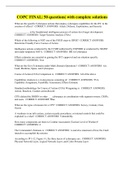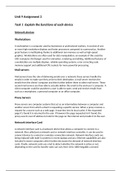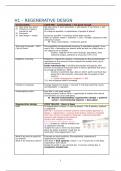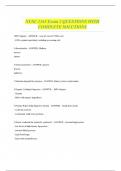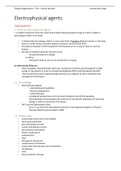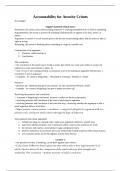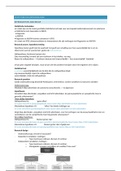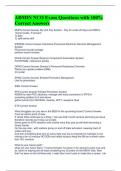Introduction-What Determines GDP?
This chapter and the next focus on the aggregate expenditures model.We use the definitions and facts from
previous chapters to shift our study to the analysis of economic performance.The aggregate expenditures model
is one tool in this analysis.Recall that "aggregate" means total.
As explained in this chapter's Last Word, the model originated with John Maynard Keynes (Pronounced Canes).
The focus is on the relationship between income and consumption and savings.
Investment spending, an important part of aggregate expenditures, is also examined.
Finally, these spending categories are combined to explain the equilibrium levels output and employment in a
private (no government), domestic (no foreign sector) economy.Therefore, GDP=NI=PI=DI in this very simple
model.
Simplifying Assumptions for this Chapter
We assume a "closed economy" with no international trade.
Government is ignored; focus is on private sector markets until next chapter.
Although both households and businesses save, we assume here that all saving is personal.
Depreciation and net foreign income are assumed to be zero for simplicity.
There are two reminders concerning these assumptions.
They leave out two key components of aggregate demand (government spending and foreign trade),
because they are largely affected by influences outside the domestic market system.
With no government or foreign trade, GDP,national income (NI), personal income (PI), and disposable
income (DI) are all the same.
Tools of Aggregate Expenditures Theory: Consumption and Saving
The theory assumes that the level of output and employment depend directly on the level ofaggregate
expenditures.Changes in output reflect changes in aggregate spending.
Consumption and saving:Since consumption is the largest component of aggregate spending, we analyze its
determinants.
Disposable income is the most important determinant of consumer spending (see Figure 9-1 in text which
presents historical evidence).
What is not spent is called saving.
Therefore, DI - C = S or C + I = DI
In Figure 9-1 we see a 45-degree line which represents all points where consumer spending is equal to
disposable income; other points represent actual C, DI relationships for each year from 1980-2000.
If the actual graph of the relationship between consumption and income is below the 45-degree line, then
the difference must represent the amount of income that is saved.
Look at 1996 where consumption was $5238 billion and disposable income was $5678 billion. Hence,
saving was $440 billion.
The graph illustrates that as disposable income increases both consumption and saving increase.
Some conclusions can be drawn:
Households consume a large portion of their disposable income.
Both consumption and saving are directly related to the level of income.
The consumption schedule:
The dots in Figure 9-1 represent actual historical data.
A hypothetical consumption schedule (Table 9‑1 and Key Graph 9-2a) shows that households spend a
larger proportion of a small income than of a large income.
A hypothetical saving schedule (Table 1, column 3) is illustrated in Key Graph 9-2b.
Note that "dissaving" occurs at low levels of disposable income, where consumption exceeds income and
households must borrow or use up some of their wealth.
Average and marginal propensities to consume and save:
Define average propensity to consume (APC) as the fraction or %of income consumed(APC =
consumption/income).See Column 4 in Table 9-1.
Define average propensity to save (APS) as a the fraction or %of income saved(APS = saving/income).See
Column 5 in Table 9-1.
Global Perspective 9-1 shows the APCs for several nations in 1999.Note the high APC for both U.S. and
Canada.
Marginal propensity to consume (MPC) is the fraction or proportion of any change in income that is
consumed. (MPC = change in consumption/change in income.)See Column 6 in Table 9-1.

